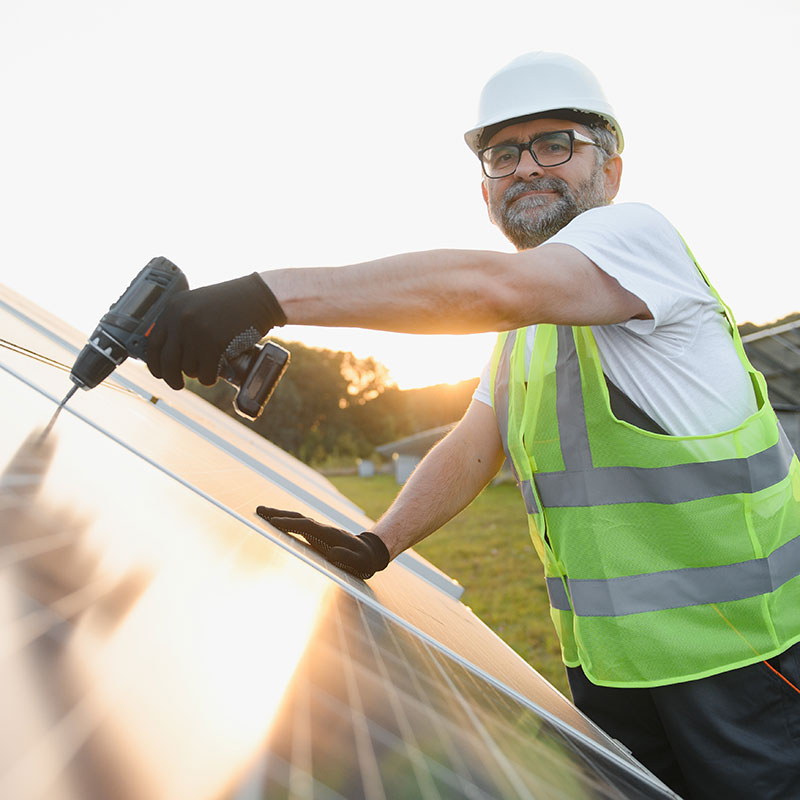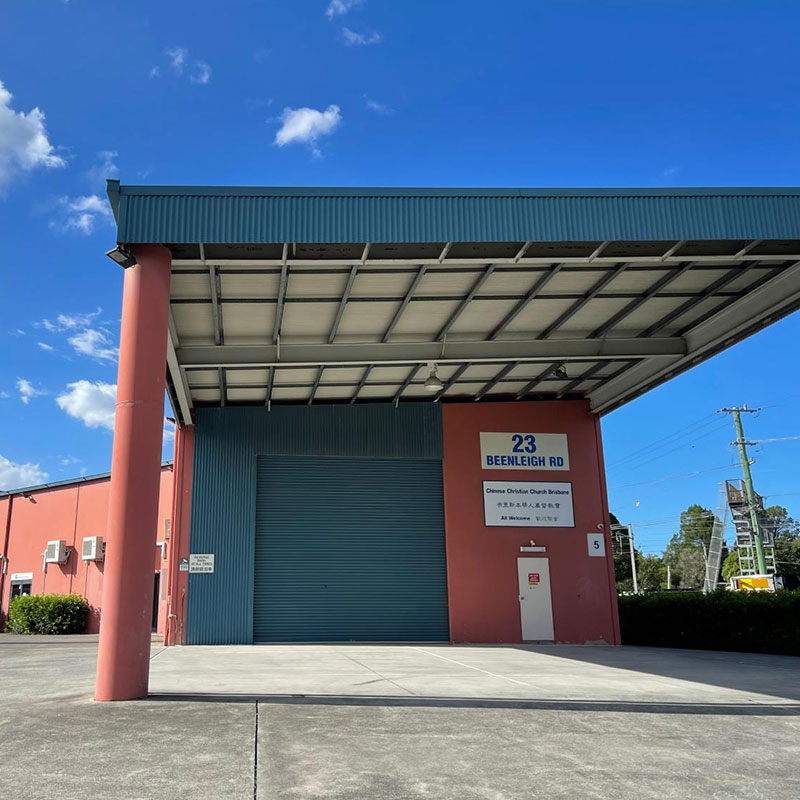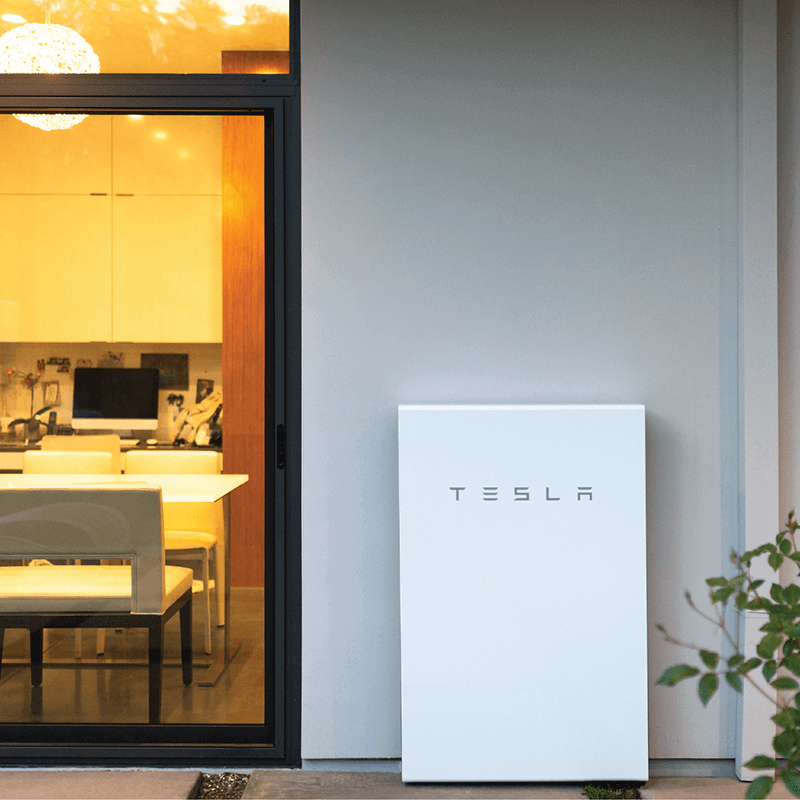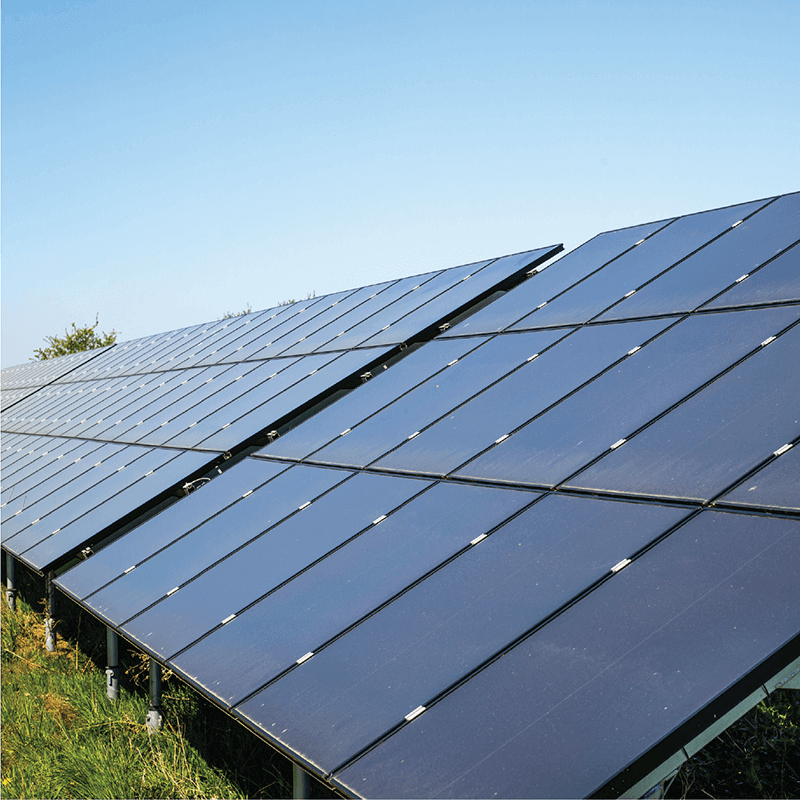There are a few things to put into consideration when finding the right system size:
Your Power Bills
A 6.66kW system can usually generate 22-25kWh per day, which technically should be suitable if your daily usage is around 18kWh. However, this might not be realistic if most of your electricity is consumed at night while the solar system is not operating. (Please refer to the next point, “Your Electricity Consumption Behaviour”, for further explanation).
To maximise the benefit from the solar system, we would generally recommend a 6.66kWh system to a consumer who has a daily usage of 15kWh or less; A 13.32kW system if your daily usage is more than 26kWh.
Your Electricity Consumption Behaviour
Apart from your average daily usage, it would be best to consider your electricity usage pattern. Since the solar system only operates during daytime hours, your solar energy would only be worth the most if self-consumed directly unless you have a very high Feed-in Tariff rate.
The reason for this is although you can get credits by feeding the electricity back to the grid, the rate of buying from the grid is always higher than selling. So even if you could sell the majority amount, it is still not likely to cover all your night-time usage.
We will work out how much money you could save based on your current power bill. Please get in touch with us on 1300 716 916 or send a request to [email protected] one of our solar experts will get in touch with you promptly.



